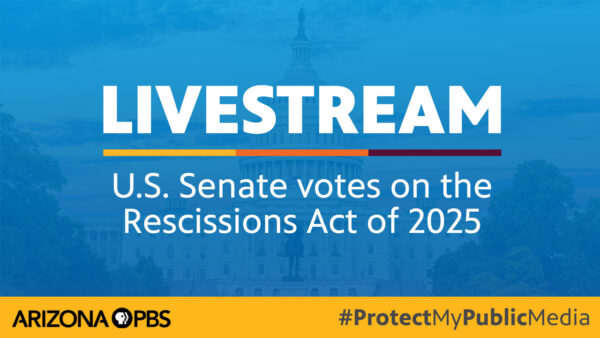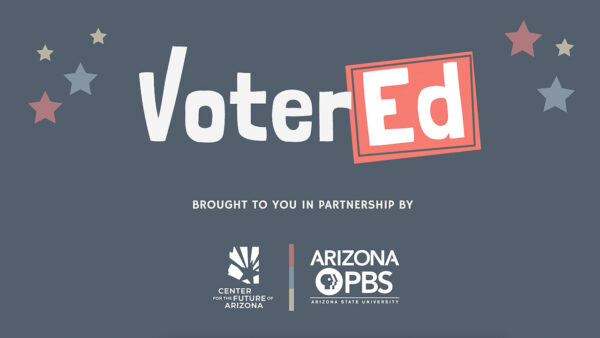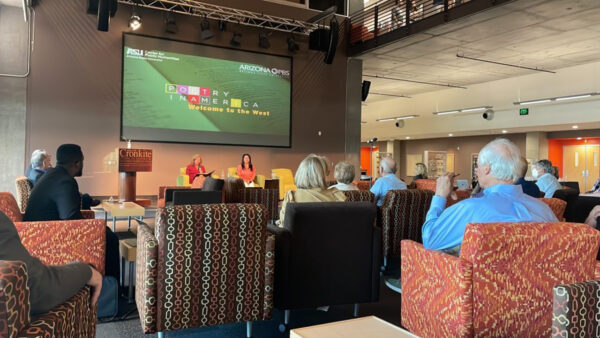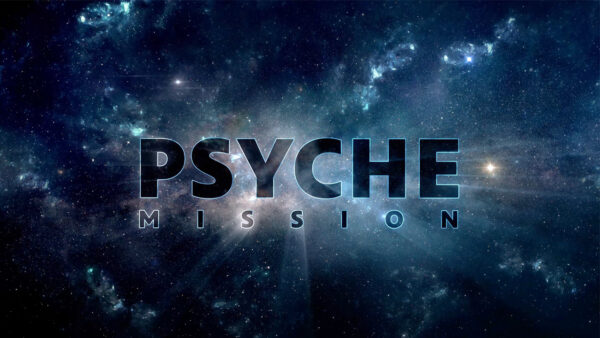American Experience “The Great Famine”
April 11, 2011
When a devastating famine descended on Soviet Russia in 1921, it was the worst natural disaster in Europe since the Black Plague in the Middle Ages. Half a world away, Americans responded with a massive two-year relief campaign championed by Herbert Hoover, who was chairman of the American Relief Administration, known as the ARA, as well as the newly-appointed Secretary of Commerce. The ARA's nearly 300 American relief workers, known as “Hoover's boys,” would be tested by a railroad system in disarray, a forbidding climate, and—being among the first group of outsiders to break through Russia's isolation following the Bolshevik Revolution—a ruthless government suspicious of their motives. By the summer of 1922, Americans were feeding nearly 11-million Soviet citizens a day in 19,000 kitchens. The Great Famine , from producer Austin Hoyt, tells this riveting story of America's engagement with a distant and desperate people—an operation hailed for its efficiency, grit and generosity—within the larger story of the Russian Revolution and the roots of the U.S.-Soviet rivalry that would dominate the second half of the 20 th century. The Great Famine will premiere on Monday, April 11, 2011 at 9 p.m. on Eight, Arizona PBS.
Known as “the Great Humanitarian” for his relief work during and after World War One, Herbert Hoover is said to have saved more lives than any person in history. Hoover was president during the Great Depression a decade later and, when Americans went hungry, their memory of all the others he had fed began to fade.
“The story of Hoover's Russian relief is largely forgotten,” says executive producer Mark Samels, “but the generosity that Hoover embedded in the American spirit lives on. The United States is always the first to respond to a natural disaster like a flood or an earthquake.”
“Lenin's government never recognized America's humanitarian motives,” says producer Austin Hoyt ( George H. W. Bush , Victory in the Pacific , Reagan ). The Soviets always saw the relief workers as exploiters and spies.” The Cheka, Lenin's secret police, kept a watchful eye on the Americans and especially on the 120,000 Russians they hired to do the work. White Russians and aristocrats, the losers in Russia's brutal civil war, were hired because they were educated. The Bolsheviks feared the ARA was training them as counter-revolutionaries. The tensions the Americans experienced in the early 1920s would come to dominate U.S.-Soviet relations for much of the century.
The Great Famine focuses on two relief workers, Will Shafroth, 29, son of the governor of Colorado, who supervised the Samara District on the Volga, and Walter Bell, 47, a former National Guardsman from Syracuse, who supervised the Ufa-Urals District.
Shafroth served with the ARA in Poland after World War I, his son Stephen remembers, “but he had never witnessed scenes of horror like this.” Shafroth's Samara district was divided into eight regions each with at least one warehouse. Every village had a committee of local citizens who decided who got fed. Shafroth would supervise 16,000 Russians in 900 kitchens. Known as “the Volga famine,” the worst of it was in Samara. Walter Bell's district grew to be the largest. It spanned the Ural Mountains from Ufa in the west beyond Ekaterinburg in the east to the edge of Siberia, an area larger than France.
Based on The Big Show in Bololand by Bertrand M. Patenaude, The Great Famine is told through film and photographs from American and Russian archives, interviews with survivors and with the most knowledgeable Russian and American historians, and the writings of the relief workers. Some scenes were filmed in the foothills of the Ural Mountains outside Ufa, Bashkortostan, where some of the worst of the famine occurred.
About the Participants
Bertrand M. Patenaude , a research fellow at the Hoover Institution, is also a lecturer in history and international relations at Stanford University. He is the author of The Big Show in Bololand: The American Relief Expedition to Soviet Russia in the Famine of 1921 which won the 2003 Marshall Shulman Book Prize and is the basis for The Great Famine .
Ronald G. Suny is a professor of history at the University of Michigan.
George H. Nash is the author of the three part biography The Life of Herbert Hoover.
Anatoly Utkin , a Russian historian and the grandson of survivors of the Great Famine, died shortly after he was interviewed. The program is dedicated to him.
Stephen Shafroth is the son of ARA worker Will Shafroth.
Julia Khmelevskaya is a Russian historian at South Ural State University and the author of Hungry Moscow: Scarcity and Urban Society in the Russian Civil War, 1917-1921.
Nail Usmanov is a Russian historian and the author of The Activity of the American Relief Administration in Bashkiria in the Famine of 1921-1923.
Joan Hoff is the author of Ideology and Economics: United States Relations With the Soviet Union, 1918-33 and co-author of Herbert Hoover: Forgotten Progressive .
Rashid Latypov is a Russian historian.
)






















